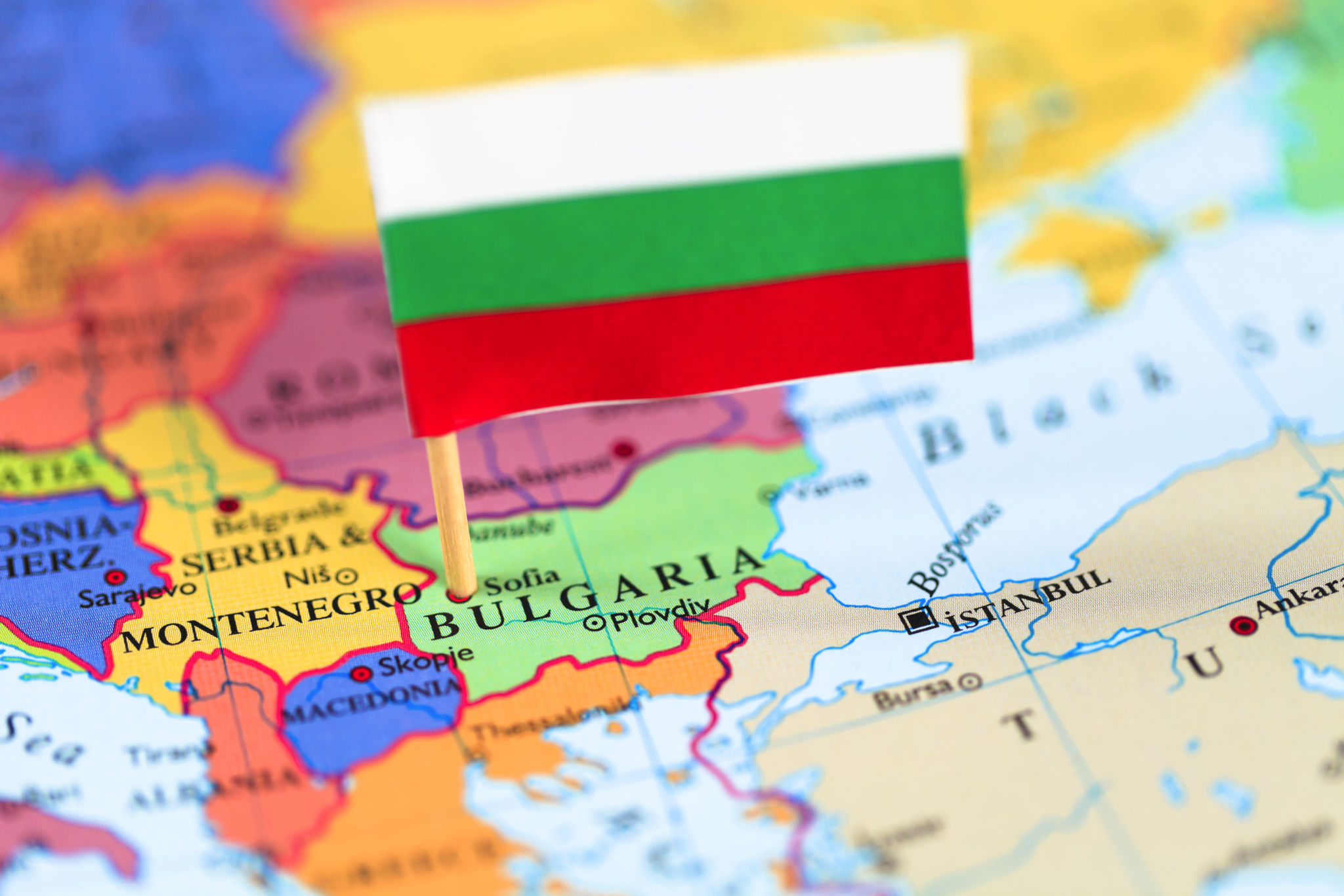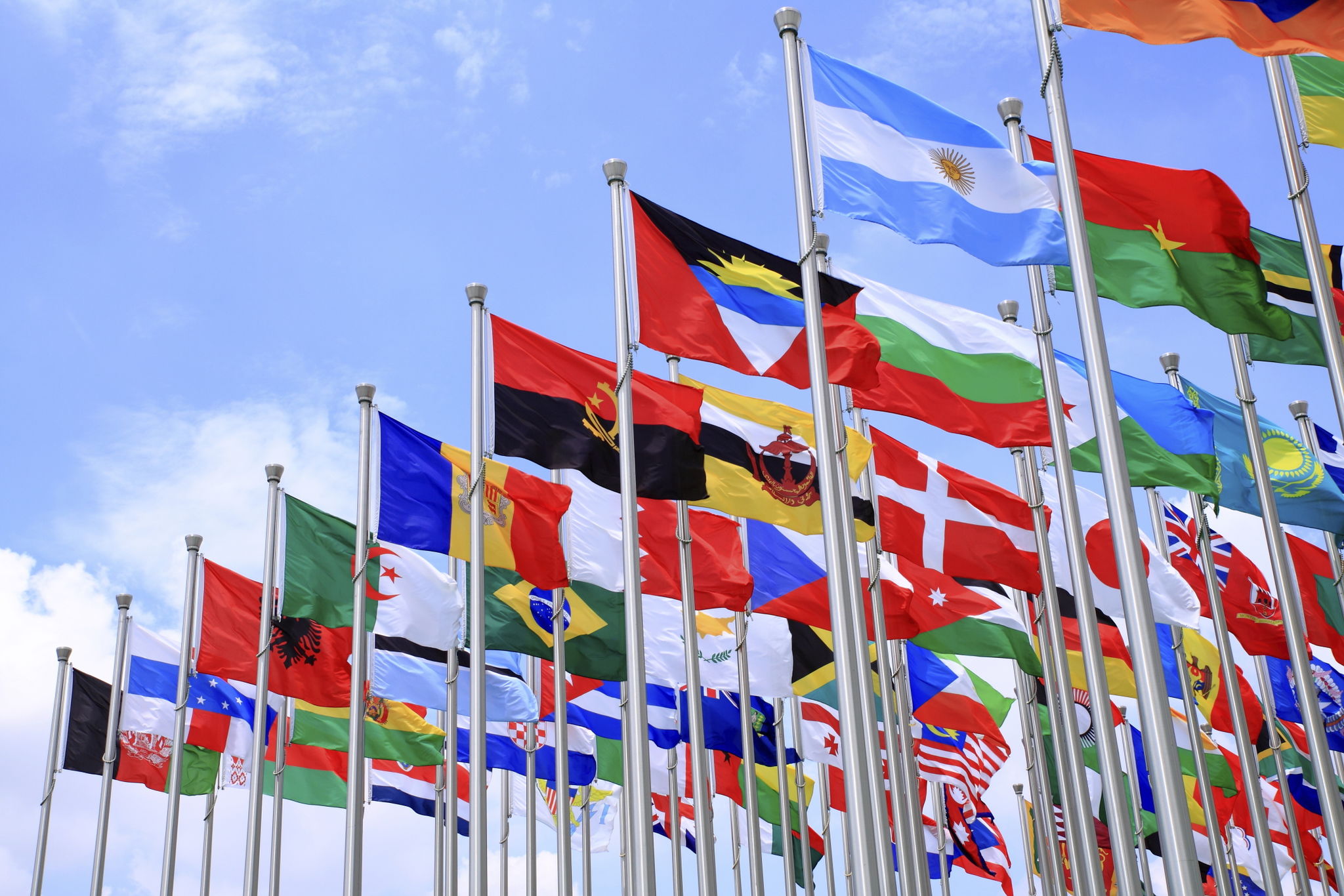Understanding the Differences: Preveduvac Bugarski vs. Preveduvac Srpski
Understanding Preveduvac Bugarski and Preveduvac Srpski
When navigating the linguistic landscape of the Balkans, two prominent languages often come into focus: Bulgarian and Serbian. These languages, though geographically close, possess distinct characteristics and cultural contexts. Understanding the differences between Preveduvac Bugarski (Bulgarian translator) and Preveduvac Srpski (Serbian translator) can enhance communication and cultural appreciation in this diverse region.

Linguistic Roots and Characteristics
Bulgarian and Serbian are both part of the South Slavic language group, but they have evolved uniquely over centuries. Bulgarian uses the Cyrillic script, which is an essential aspect of its written form. In contrast, Serbian is quite versatile in its script usage, employing both Cyrillic and Latin alphabets interchangeably. This dual script usage in Serbian can be a fascinating feature for linguists and translators alike.
Another notable difference is the grammatical structure. Bulgarian is known for its lack of noun cases, a feature that simplifies certain aspects of translation. On the other hand, Serbian retains a complex case system, which can present challenges in translation but also conveys nuanced meanings.

Cultural Context and Usage
The cultural contexts in which these languages are used also impact translation services. Bulgarian is predominantly spoken in Bulgaria, where it serves as the official language. It is deeply intertwined with the country's history and cultural identity. In contrast, Serbian is spoken in Serbia, Bosnia and Herzegovina, Montenegro, and parts of Croatia, thus having a wider geographical spread.
This broader distribution means that Preveduvac Srpski must consider regional dialects and variations. Translators often need to adapt their work to suit different cultural norms and idiomatic expressions found across these regions.

Translation Challenges and Considerations
Both Preveduvac Bugarski and Preveduvac Srpski face unique challenges when it comes to translation. For Bulgarian translators, one of the main tasks is to convey meaning accurately while navigating the language's relatively flexible syntax. Maintaining the intended tone and context is crucial for effective communication.
Serbian translators, meanwhile, must be adept at switching between scripts and managing the complexity of the case system. Additionally, they need to be aware of regional variations that may influence the meaning or appropriateness of certain expressions.
The Role of Modern Technology
In today's digital age, technology plays a significant role in facilitating translations between these languages. Machine translation tools and software have become valuable assets for both Preveduvac Bugarski and Preveduvac Srpski. However, human expertise remains irreplaceable, especially when dealing with idiomatic expressions or culturally sensitive content.

As globalization continues to bridge gaps between cultures, understanding the differences between Bulgarian and Serbian translations becomes increasingly important. By appreciating these nuances, translators can ensure effective communication that respects cultural identities. Whether you are a business professional seeking to expand into new markets or a traveler eager to immerse yourself in Balkan cultures, recognizing these linguistic distinctions can enhance your experience and interactions.